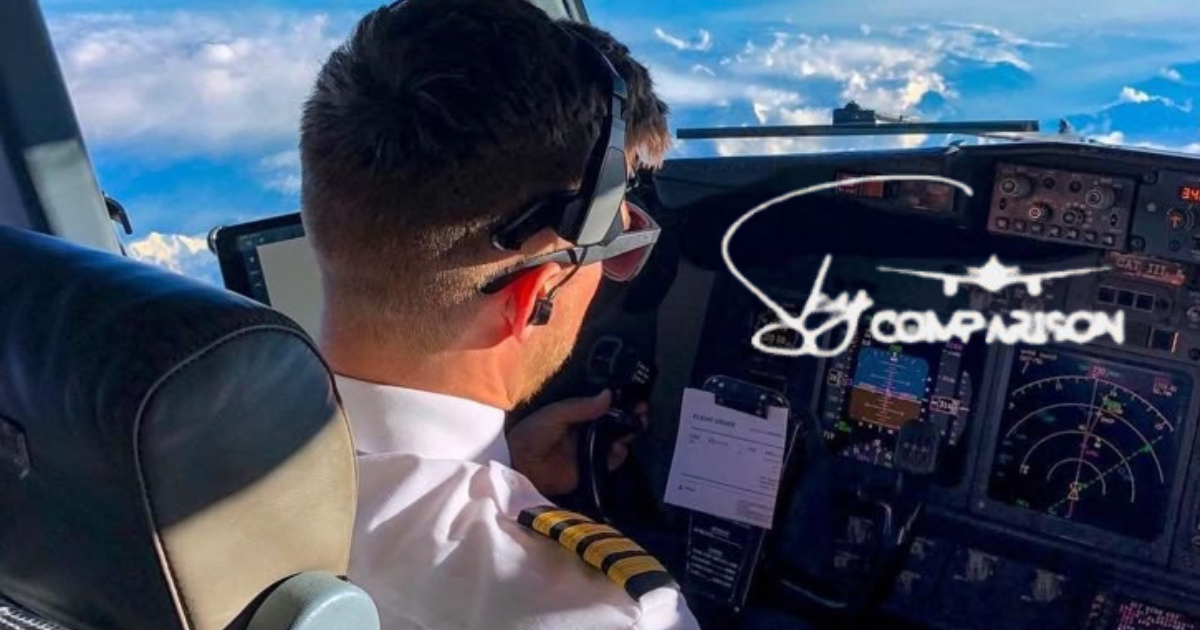Discover the exciting life of a europiean airline pilot, from rigorous training and daily flight operations to navigating international routes and balancing the demands of a dynamic career. Explore the challenges and rewards of flying across Europe’s skies.
Crowded with air traffic from Europe, it is the European airline pilots at the helm of these machines. It is quite complex airspace that these pilots handle with the complex while ensuring the safety and comfort of thousands of passengers. So, what is it, really like to be a europiean airline pilot? This article explores the journey of a pilot, daily responsibilities, lifestyle, and unique challenges faced in this demanding profession.

1. The journey to becoming a europiean airline pilot
Becoming a europiean airline pilot is a big decision. The journey entails a heavy investment through rigorous training and education, which include:
| Stage | Description |
| Flying School Registration | Aspiring pilots attend flight schools across Europe to gain initial information and services. |
| EASA Guarantee | Obtain certification from the European Aviation Safety Agency (EASA) to fly commercially |
| Commercial Pilot License (CPL) | The whole exercise is to receive a CPL, allowing them to serve for airlines. |
| Type Rating Training | Experience training specific to the aircraft they will operate, such as the Airbus A320 or Boeing 737. |
This procedure needs significant time and financial assets but finally opens the door to a satisfying vocation in aviation.
2. A day in the life of an europiean airline pilot
Indeed, the life of a europiean airline pilot is hectic and full of responsibilities. A day in the life of an air pilot may include:
1. Pre-flight Briefing: The pilots have to attend briefings for the updating of flight plans, weather, and all safety measures.
2. Flight Plan Submission: They will send their flight plans to the air traffic control. Submissions must be done in accordance with the rules governing flight activities.
3. Pre-flight checks: Pilots conduct thorough inspection of the Aircraft and instrument, and safety devices before flight.
4. Crew Coordination: Communication with flight attendants and ground staff ensures a smooth operation.
5. In-flight Monitoring: During the flight, pilots continuously monitor aircraft systems and communicate with air traffic control
The life of an european airline pilot, is never dull; every day is fraught with challenge and experience.
3. The lifestyle of a europiean airline pilot
Living the life of a europiean airline pilot often means adapting to an unconventional work schedule. Pilots can face irregular hours, long-haul flights, and time zone changes. Here’s a brief overview:
| Flight Type | Characteristics |
| Short-haul Flights | Pilots flying within Europe often complete various flights in a one day, necessitating quick improvements and efficacy. |
| Long-haul Flights | Long-haul pilots operate international flights, often spending several days away from home. |
Beside the demanding timetable, pilots enjoy considerable time off, permit them to find out new destinations or spend time with family and friends.
4. challenges of being a europiean airline pilot
Despite the life of a europiean airline pilot, being very thrilling, there are several challenges that one faces. Some of those challenges include the following;
- Long Hours: The pilots may have to work for long hours without time to rest.
- Irregular Sleep Pattern: Traveling frequently across different time zones creates problems in maintaining regular sleep patterns. Thus rest is very essential.
- Heavy Responsibility: Ensuring the safety of passengers and crew creates substantial responsibility.
Resilience and good time management skills will help navigate such difficult situations.

5. The rewards of being a europiean airline pilot
Despite the multitude of challenges, life of europiean airline pilot has many rewards which include;
- Competitive Salary: The average salary of today ranges between €55,000 and over €150,000, based on experience and type of aircraft.
- Travel Opportunities: The pilots will go through several countries and be exposed to different cultures while working.
- Job Satisfaction: There is also a huge satisfaction on flying and elation while controlling an aircraft.
6. The role of technology in aviation
Technology plays such a huge role in the life of a europiean airline pilot. With modern aircraft and sophisticated navigation, autopilots, and safety features, pilots can monitor and control the flight, rather than mere control by human hands.
Some of these includes:
- Glass Cockpits: Digital displays that present all the information at a glance improve “decision-making.”
- Flight Management System (FMS): This system automates many flight tasks so the pilots can concentrate their efforts on monitoring and communication.
7. Continuous learning and training
The life of a europiean airline pilot is upon continuous learning. Pilots are expected to undergo recurrent training and assessment for continuous improvement on their skills and acquire knowledge of the new technology and changing regulatory requirements. These activities include;
- Simulator Training: Simulated Crises for the pilot
- Regulatory Updates: Ongoing education about changes in laws and procedures ensures safety compliance.
8. Significance of team work
Teamwork really is essential in the cockpit. The role of a europiean airline pilot requires collaboration between the captain and first officer, and coordination with flight attendants, and ground staff. Effective communication is necessary to ensure that a flight is devoid of any hassles or mishaps.
9. The future of europiean aviation
The growing aspect of air travel will change the life of a europiean airline pilot. New technologies, especially electric aircraft, and artificial intelligence are heading toward us; these will then bring about a new face to aviation. However, with all the new innovations, helicopter pilots must evolve while being strictly led by the best safety standards in the profession.
10. Work-Life Balance for europiean airline pilots
The most severe challenge concerning the life of a europiean airline pilot is to maintain a healthy work-life balance. Crossing time zones, varying schedules, and huge hours in flight often leave pilots away from home for most of their time. Still, most pilots find ways to deal with these issues and still manage to maintain a rich personal life.

Managing Time Away from Family
Generally, pilots are away for days, sometimes weeks, from their loved ones when they are in long-haul flights or connected back-to-back schedules. This is managed through:
- Quality Time Off: Most airlines make it possible for pilots to have several days in a row off after longer trips so that they can reconnect with family and friends.
- Virtual Communication: In the digital age, pilots use video calls and messages mostly to stay connected with their loved ones while they are away for those long trips abroad.
- Flexibility in Scheduling: The few pilots tend to prefer short-haul routes. Thus, their relative stability of routine can be sustained while the pilots can go home more frequently.
Physical and Mental Health
Of course, crossing time zones, dealing with jet lag, and pressure can badly affect a pilot’s health. To strike a balance, many pilots use such strategies as
Exercise and Diet : All pilots must keep fit and energized by remaining active and taking the right food while traveling.
Rest and Recovery: Rest between flights is essential to combat fatigue and remain alert in the cockpit.
Mental Health Support: Many airlines provide mental health support services for help for pilots when they feel stressed, anxious, or fatigued.
Personal Time and Hobbies
Although the life of europiean airline pilot is certainly demanding, pilots are typically left to enjoy work-break periods of suitable length between rotations. They use it for personal activities, such as visiting new destinations, developing hobbies, or perhaps simply unwinding at home again. For most pilots, time off is usually only a time for recharge before venturing out into another rotation of flights.
It really is a fine line, and most pilots with some proper planning on the part of the pilots and the airline support have been able to maintain a fulfilling personal life besides professional commitments.
Conclusion
Adventures, responsibilities, and satisfaction describe the life of a europiean airline pilot. From initial training to daily problems in flying, pilots are essential individuals in bringing people together with a culture in Europe as well as other parts of the world. With the right balance of skills, dedication, and resilience, there is a special reward in this profession that really makes the journey worthwhile.
FAQs
1. What requirements do I need to be a europiean airline pilot?
Pre-requisites for being a europiean airline pilot include completing flight school, obtaining the EASA license, and acquiring a type rating on specific aircraft.
2. How much do europiean airline pilots earn?
The salary range of europiean airline pilots can be as low as €55,000 to more than €150,000 per year dependent on the knowledge as well as the aircraft type.
3. How hard is it to be a europiean airline pilot?
The difficulties are the long hours, irregular sleep patterns, and high responsibility for safety for passengers.
4. How often do europiean airline pilots need to train?
Pilots are trained with frequent training sessions, and simulator checks will be done regularly to keep up with updating their skills and being aware of the new rules and regulations.
5. What does the future of the european aviation hold?
The future is very bright, owing to technological improvements and increasing demand for air travel, but the real challenge will be in adjustment toward the changing nature of the industry.



